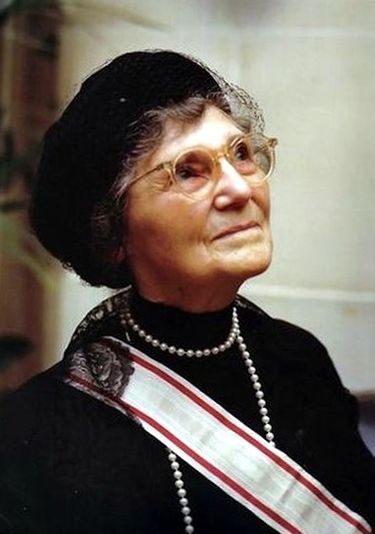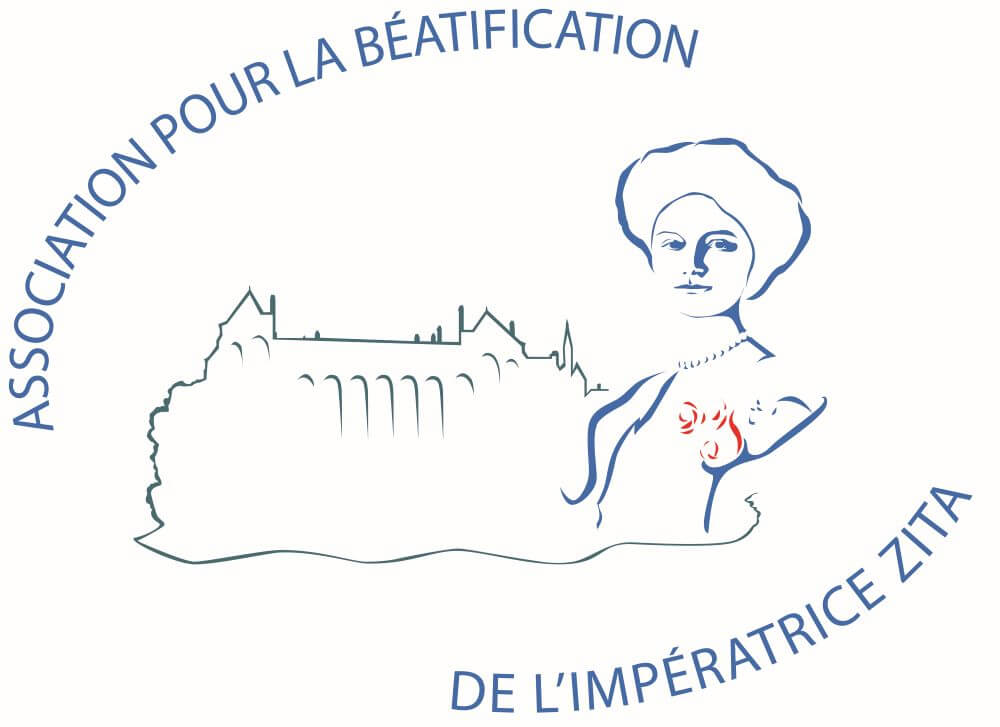Birth and childhood
Zita de Bourbon Parma was born on 9 May 1892 at the Villa delle Pianore, in the province of Lucca, Tuscany, located between Pietrasanta and Viareggio, Italy. She is the seventeenth child of Robert I of Parma and his wife Maria-Antonia of Braganza, daughter of King Michael I, former King of Portugal, who settled in Austria after losing his throne in 1834.
Her father Robert of Parma was the last reigning duke of the Duchy of Parma. While still a minor, he lost his throne during the political and social unrest movements working for unification of Italy.
These events imprinted an indelible mark on her family.
Robert de Parme’s family comprised 24 children, twelve of whom were from his second marriage to Maria-Antonia of Portugal. From the first bed, three children died in infancy and six were mentally disabled. They grew up surrounded by all their siblings.
The family spent most of the year in Lower Austria at Schwarzau Castle and the winter at Villa delle Pianore. Zita, like all her siblings, learned French, Italian, German, Spanish, Portuguese and English. Her father however considers himself a French prince. He was the son of Louise de Bourbon, sister of the Count of Chambord and granddaughter of King Charles X of France, brother of King Louis XVI, who was guillotined on 21 January 1793. Zita’s father was the owner of the Château de Chambord which he used as his French family holiday home.
At the age of ten, Zita was sent to boarding school in Zangberg, Bavaria, belonging to the sisters of the Visitation. She stayed there for five years. Her father died in 1907. In 1909, she followed in her sister Franzisca’s footsteps and stayed with the Benedictine nuns of Solesmes for a while. The nuns who had been exiled from France in 1901 lived in an old house turned monastery on the Ile of Wight, located in the English Channel.
All the children of the duc and duchess of Parma were raised in the Catholic faith with a strong focus on attention to the poor.
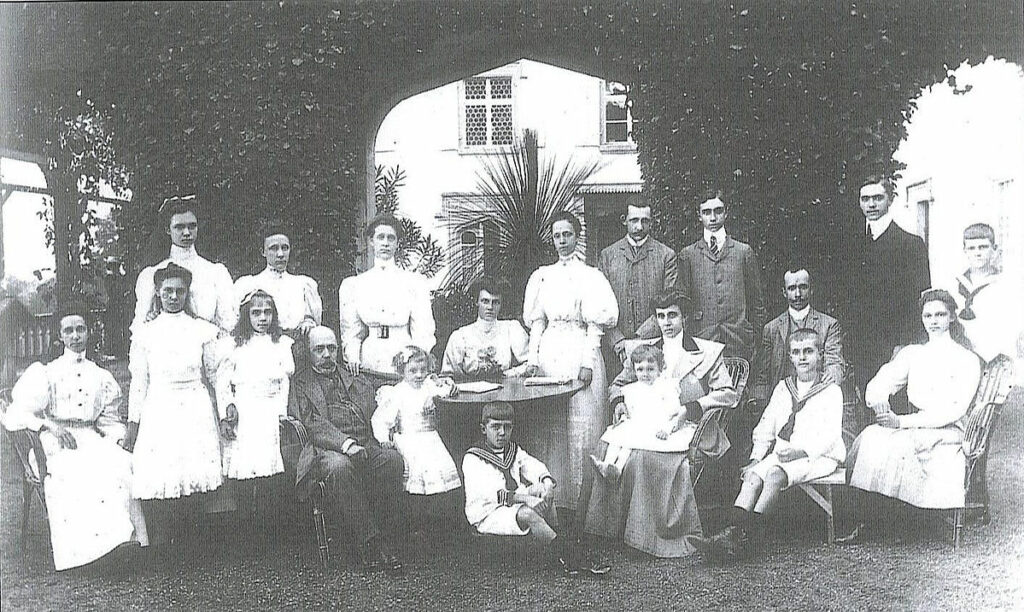
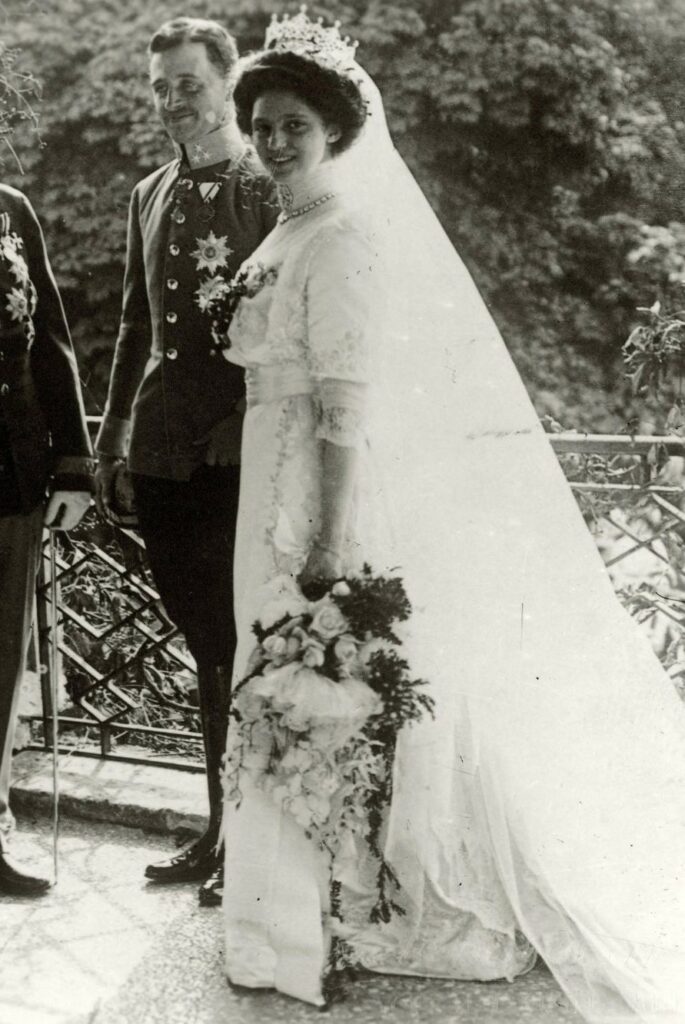
Marriage
During her long childhood stays in Austria, Zita met her distant cousin, the Archduke Charles, a nephew of Emperor Francis Joseph. His grandmother was Zita’s aunt ; she and her mother were sisters. There were many cousin gatherings, but these became less frequent due to the teenagers’ studies requirements. Zita and Charles met again in 1909, as the emperor was urging Charles to marry. Charles had indeed become second in the order of succession ever since his uncle, Archduke François Ferdinand, had contracted a morganatic marriage: François Ferdinand’s children were no longer heirs to the throne.
On 13 June 1911, the engagement ceremony took place in the chapel of the Villa delle Pianore. Some time later, Zita went to Rome with her mother to receive the blessing of Pope Pius X. She was aware of the difficulties the empire was facing and of the challenges of the unity of the monarchy.
Charles and Zita got married on the 21th of October 1911 at the Castle of Schwarzau. The marriage was celebrated by Pope’s envoy Cardinal Bisletti.
Their first of their eight children, Otto, was born on 20 November 1912: then came Adélaïde, Robert, Félix, Carl-Louis, Rodolphe, Charlotte and little Elisabeth who never knew her father.
War and accession to the throne
As the second in the order of succession, Charles, at the time 24 years of age, thought he would not ascend the throne until twenty years from then. He and his wife had plenty of time to prepare for the event.
That trajectory collapsed on 28 June 1914, when Archduke Franz Ferdinand and his wife were assassinated in Sarajevo by Serb nationalists while visiting Bosnia-Herzegovina. Immediately, that already extremely tense part of Europe switched into war mode. The warmongers opposed those the peacemakers. Charles was nonetheless kept out of decisions.
The war broke out in August. Archduke Charles became a general in the Austrian army and was sent to Tyrol. Zita and her children settled at Schönbrunn Palace. Zita spent part of her days in hospitals in Vienna. She would sometimes accompany her husband on the front, especially on the Romanian front where she spent hours with the wounded.
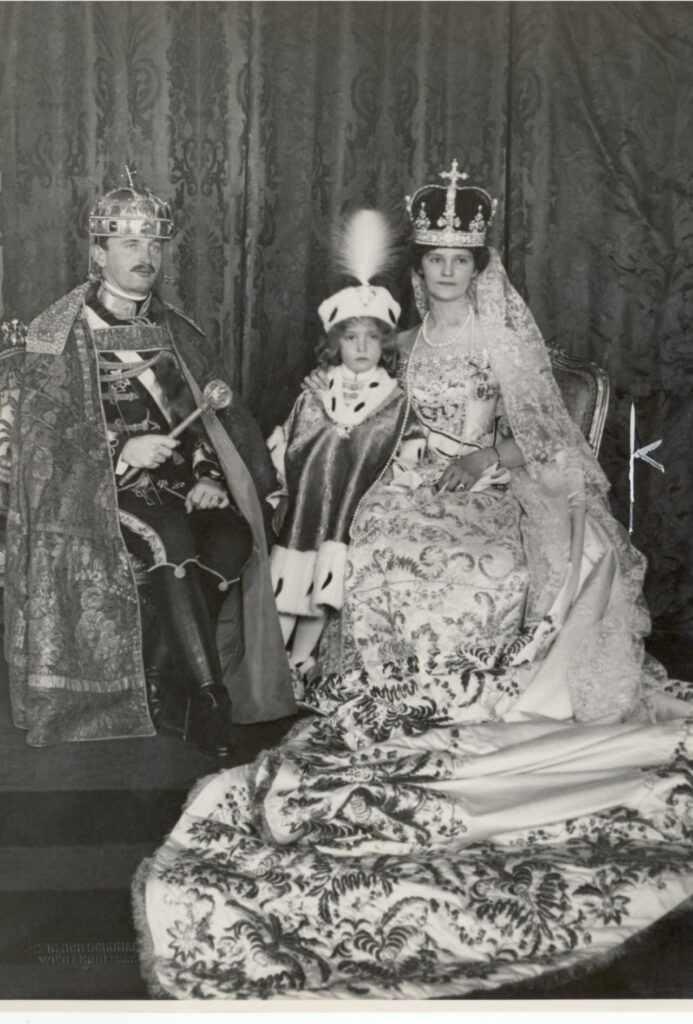
All peace attempts eventually failed. From then on, the entire Austro-Hungarian empire collapsed, each component declaring its own independence.
The new German Republic of Austria was proclaimed demanding that the emperor be stripped of all his powers; he however never abdicated. With their children, the couple Charles and Zita moved to Eckartsau. Their life of wandering and exile began then, a life that would soon lead them to Switzerland in March 1919. Two attempts at restoration in Hungary failed, in March and October 1921. This last attempt forced them into an exile even further away from their empire: in Funchal, on the island of Madeira.
Abandoned by all, they lived in poverty and discomfort, with no financial means even as Charles became sick. Exhausted, but completely abandoned to the will of God, he died at the age of 34 on Saturday, April 1st, 1922, offering his life for the reconciliation of his peoples.
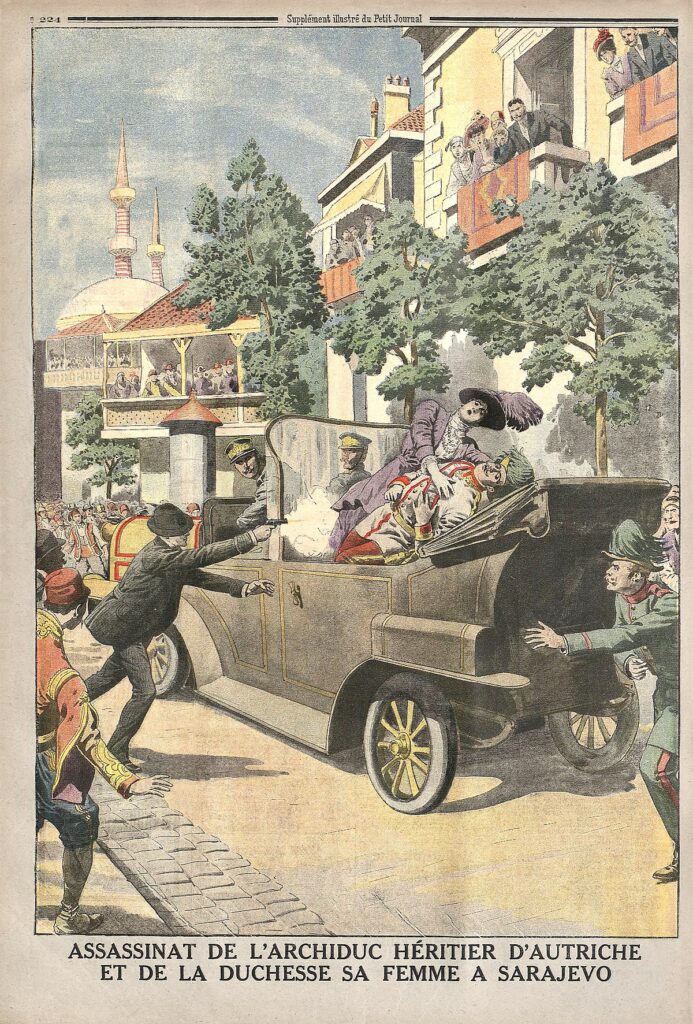
This war was particularly cruel on her: her brothers, Princes Felix and René, enlisted in the Austrian army, while Princes Sixte and Xavier enlisted in the Belgian army (they were unable to join the French army).
For two years, Zita would share her time between her children and hospitals, while remaining with the old emperor François Joseph, who died on 21 November 1916, at the age of 86. In keeping with the Pragmatic Sanction, Charles was proclaimed Emperor of Austria, King of Hungary, King of Bohemia, King of Croatia, etc.
This marked the beginning of a life of pain and suffering for young monarchs in a situation they did not choose. Sensing that Hungary could secede, at a time where all its armed forces are very much needed, Charles was crowned king of Hungary on 30 December 1916. This was the only moment of glory in the lives of the spouses, but a glory that would quickly become an abandonment to the divine will. The festivities were short-lived, as the new king needed to return to visit the front.
Zita was always by her husband’s side, supporting him. She accompanied him on trips to the various provinces and on the front, continued her charitable work and attented to the wounded. She was particularly active in social work. Indeed, during his short life as emperor, Charles was the first head of state to create a ministry of social affairs. He never ceased to seek peace, he even pursued a separate peace with France and England, using Zita’s brothers, princes Sixtus and Xavier de Bourbon Parma as intermediaries. The peace plan is arduous: Austria-Hungary was linked to war monging Germany; Russia was collapsing, the English generals were reluctant to make peace with Austria and France spoke with many different voices. Pope Benedict XV himself called the belligerents to peace: Emperor Charles was the only one to respond positively. Meanwhile, Empress Zita obtained from the Germans the promise to spare the civilian population, not to bomb the house of the king and queen of Belgium and to preserve the cathedral of Reims.
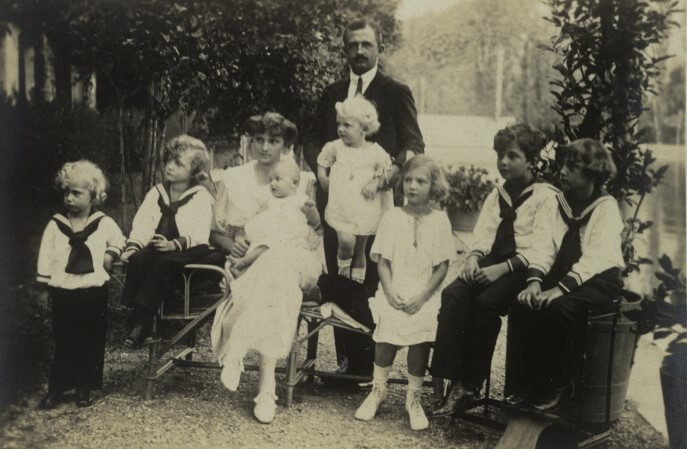
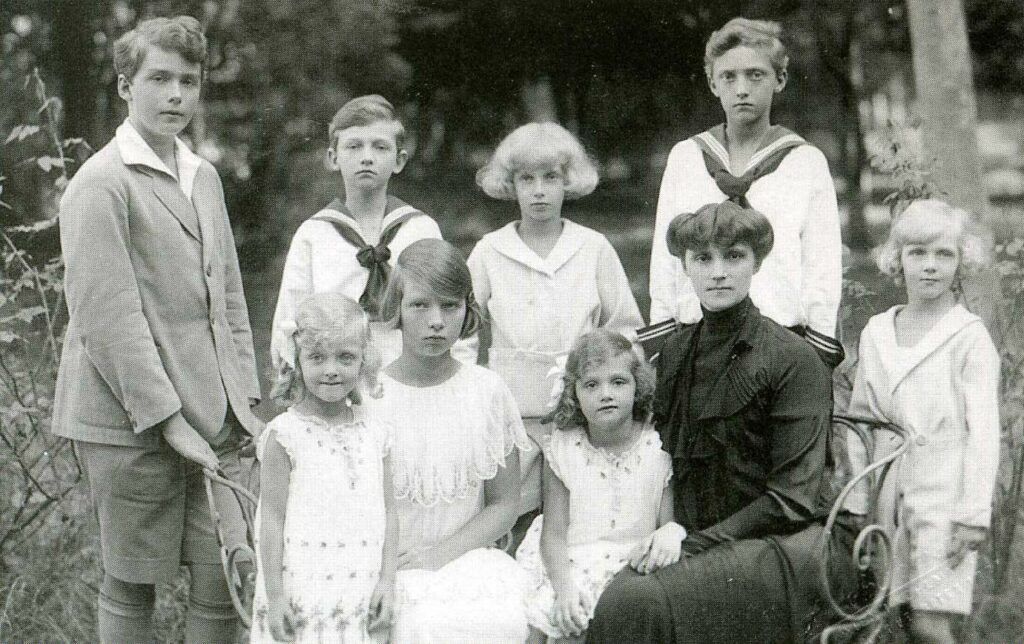
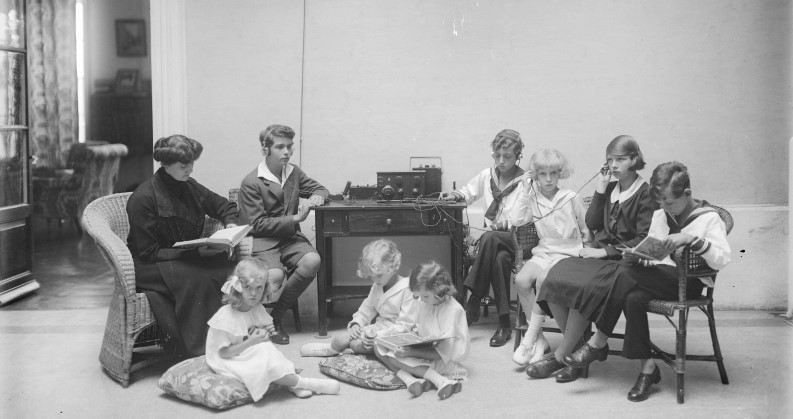
Widowhood and new exile
Empress Zita became a widow at the age of 30. She had 7 children, her eighth daughter, little archduchess Elisabeth was born two months after Charles’s death. Zita dressed in black her entire life as a sign of mourning, in a spirit of fidelity to her beloved husband.
The conference of ambassadors, thanks to the intervention of King Alfonso XIII of Spain, authorized her to settle in Spain, in Lequeitio, in the Basque Country, where she remained for 6 years devoting herself to the education of her children. Then aware of the need to prepare them for their future, she moved near Brussels in Steenokkerzeel, in 1929, so that her elders could study at the University of Louvain. Zita kept in touch with her loyal subjects and hosted several of them in Belgium. But in 1938, when Austria was annexed by the Nazi regime, repression struck those who remained attached to the imperial family. In May 1940, the empress Zita took the path of exile again after the invasion of Belgium by German troops. After crossing France, then Spain and Portugal, the family settled permanently in Quebec, a French-speaking province. Poverty was a daily reality throughout this period, a condition that did not prevent the empress from giving conferences in the United States and Canada as soon as the war was over, in an effort to raise funds to help war-ravaged Austria and Hungary. Her son Otto used all his energy to ensure that Austria was recognized as a country occupied by the Nazi regime and could regain its independence.
Back to Europe
In 1953, when her children were settled, most of them married, Zita decided to return to Europe to take care of her mother Maria-Antonia who would die at the age of 96. She then moved to Zizers, in the canton of Grisons. She made long annual stays at the Benedictine sisters of Solesmes whom she knew well: three of her sisters were nuns in Sainte-Cécile while she herself had become an Oblate of Saint-Pierre in 1926. She shared her time between her children and grandchildren and her loyal subjects who would visit her often asking for advice and the monastery of Solesmes.
She was eventually authorized to return to Austria in 1982, after the Austrian authorities eventually agreed that the empress as wife to the emperor, was not to be subjected to the laws of exile aimed at the Habsburgs. She was 90 years old. It’s a triumph!
Her so far strong health began to decline. She gradually lost her eyesight and her last months were particularly painful due to pneumonia. She was able to see her children again before dying on March 14, 1989 at the age of 96.
Her funeral were grandiose. The empress was buried in the crypt of the capuchins, her heart is kept in the monastery of Muri, in Switzerland next to that of her husband.
Zita’s husband, Charles Ist of Austria, was beatified in Rome on October 3rd 2004 by Pope John Paul II.
